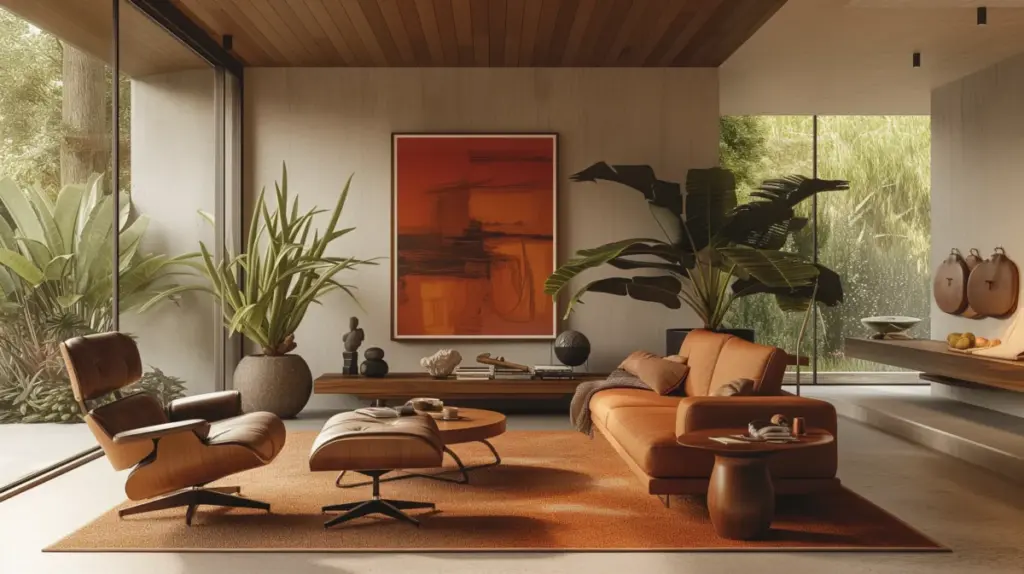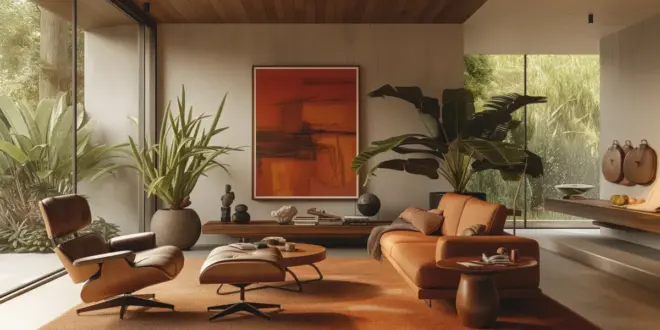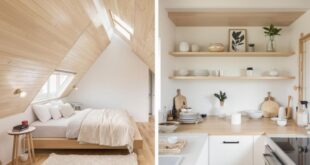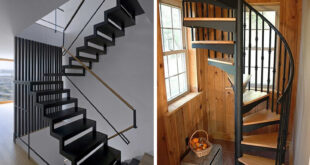
Mid-Century Modern: A Timeless Design Movement
Mid-century modern design, a term frequently encountered in interior design magazines and home decor discussions, is more than just a trend; it’s a significant design movement that continues to influence contemporary aesthetics. Originating in the mid-20th century (roughly from the 1930s to the 1960s), it represents a departure from the ornate styles of previous eras, embracing simplicity, functionality, and a connection with nature. Understanding mid-century modern design involves appreciating its history, core principles, and enduring appeal. This article delves into the key aspects of this iconic style, exploring its origins, characteristics, and lasting impact on the design world. Whether you are a seasoned interior designer or simply looking to refresh your living space, understanding the nuances of mid-century modern can help you create a stylish and timeless environment.
The Origins of Mid-Century Modern
The rise of mid-century modern design was influenced by several factors, including the aftermath of World War II, technological advancements, and a shift in societal values. The war led to material shortages, prompting designers to explore new, more efficient materials like plywood, fiberglass, and plastic. These materials, combined with innovative manufacturing techniques, allowed for the mass production of furniture and other home goods, making good design accessible to a wider audience.
Furthermore, the Bauhaus movement, with its emphasis on functionalism and simplicity, played a crucial role in shaping mid-century modern aesthetics. Many European designers, including Walter Gropius and Ludwig Mies van der Rohe, emigrated to the United States during the war, bringing with them their design philosophies and influencing a new generation of American designers. This cross-pollination of ideas resulted in a unique blend of European modernism and American pragmatism.
Key Characteristics of Mid-Century Modern Design
Mid-century modern design is characterized by several distinct features that set it apart from other styles. These include:
- Clean Lines and Simple Forms: One of the defining characteristics of mid-century modern is its emphasis on clean lines, geometric shapes, and minimalist forms. Furniture pieces often feature smooth surfaces, tapered legs, and an absence of excessive ornamentation.
- Functionality: Mid-century modern design prioritizes functionality above all else. Furniture is designed to be practical and comfortable, with a focus on usability and efficiency. Form follows function is a key principle.
- Organic Shapes: While clean lines are prevalent, mid-century modern also incorporates organic shapes and curves, often inspired by nature. This juxtaposition of geometric and organic forms creates a sense of balance and visual interest.
- Use of Natural Materials: Mid-century modern design celebrates natural materials like wood, leather, and glass. Wood is often used for furniture frames, while leather is a popular choice for upholstery. Large windows and open floor plans are used to maximize natural light and create a connection with the outdoors.
- Bold Colors and Patterns: While neutral colors like white, gray, and beige are common, mid-century modern also incorporates bold colors and patterns to add personality and visual interest. Popular colors include avocado green, mustard yellow, and burnt orange. Geometric patterns and abstract designs are also frequently used on fabrics and wall coverings.
Iconic Mid-Century Modern Designers and Pieces
Several designers played a pivotal role in shaping the mid-century modern movement. Their innovative designs and enduring legacy continue to influence contemporary design today. Some of the most notable figures include:
- Charles and Ray Eames: This husband-and-wife team is renowned for their iconic furniture designs, including the Eames Lounge Chair, the Eames Molded Plastic Chair, and the Eames Wire Chair. Their designs are characterized by their innovative use of materials, ergonomic forms, and timeless appeal.
- George Nelson: Nelson was a prolific designer and writer who served as the director of design for Herman Miller. He is best known for his Nelson Platform Bench, the Coconut Chair, and the Ball Clock. His designs are characterized by their playful forms, bold colors, and functional designs.
- Eero Saarinen: Saarinen was a Finnish-American architect and designer known for his organic and sculptural designs. He is best known for his Tulip Chair, the Womb Chair, and the TWA Flight Center at JFK Airport.
- Isamu Noguchi: Noguchi was a Japanese-American artist and designer known for his sculptures, furniture, and lighting designs. He is best known for his Noguchi Coffee Table and his Akari Light Sculptures.
These designers created iconic pieces that are still highly sought after today. Their designs represent the core principles of mid-century modern, emphasizing simplicity, functionality, and a connection with nature.
Incorporating Mid-Century Modern into Your Home
Integrating mid-century modern design into your home can be a rewarding experience, creating a stylish and timeless living space. Here are some tips to help you achieve the mid-century modern look:
- Start with the Basics: Begin by selecting a few key furniture pieces that embody the mid-century modern aesthetic. A sofa with clean lines, a coffee table with tapered legs, and a set of dining chairs with organic shapes are all excellent starting points.
- Choose Natural Materials: Incorporate natural materials like wood, leather, and glass into your design. Wood furniture, leather upholstery, and glass accessories will help create an authentic mid-century modern feel.
- Add Color and Pattern: Don’t be afraid to add pops of color and pattern to your design. Use bold colors like avocado green, mustard yellow, and burnt orange to add personality and visual interest. Geometric patterns and abstract designs can also be used on fabrics and wall coverings.
- Keep it Simple: Mid-century modern design is all about simplicity. Avoid clutter and excessive ornamentation. Focus on creating a clean and uncluttered space with a few well-chosen pieces.
- Mix and Match: Don’t be afraid to mix and match mid-century modern pieces with other styles. Combining mid-century modern furniture with contemporary accessories or vintage finds can create a unique and eclectic look.
The Enduring Appeal of Mid-Century Modern
The popularity of mid-century modern design has endured for decades, and it shows no signs of fading away. Its timeless appeal can be attributed to several factors:
- Timeless Aesthetics: The clean lines, simple forms, and natural materials of mid-century modern design create a timeless aesthetic that transcends trends.
- Functionality: The emphasis on functionality makes mid-century modern furniture practical and comfortable for everyday use.
- Versatility: Mid-century modern design can be easily integrated into a variety of interior styles, from minimalist to eclectic.
- Nostalgia: For many people, mid-century modern design evokes a sense of nostalgia, reminding them of a simpler time.
Whether you’re drawn to its clean lines, its functional design, or its nostalgic appeal, mid-century modern offers a timeless and stylish way to create a comfortable and inviting living space. By understanding its origins, key characteristics, and enduring legacy, you can appreciate the beauty and significance of this iconic design movement.
In conclusion, mid-century modern design continues to captivate and inspire, proving its status as more than just a passing fad. Its blend of form and function, coupled with a nod to nature and a touch of boldness, ensures its relevance in the ever-evolving world of interior design. As you embark on your own design journey, consider the enduring appeal of mid-century modern and how it can transform your space into a timeless haven. [See also: Modern Interior Design Trends] [See also: Scandinavian Design Principles] [See also: The History of Interior Design]
 Nimila
Nimila




